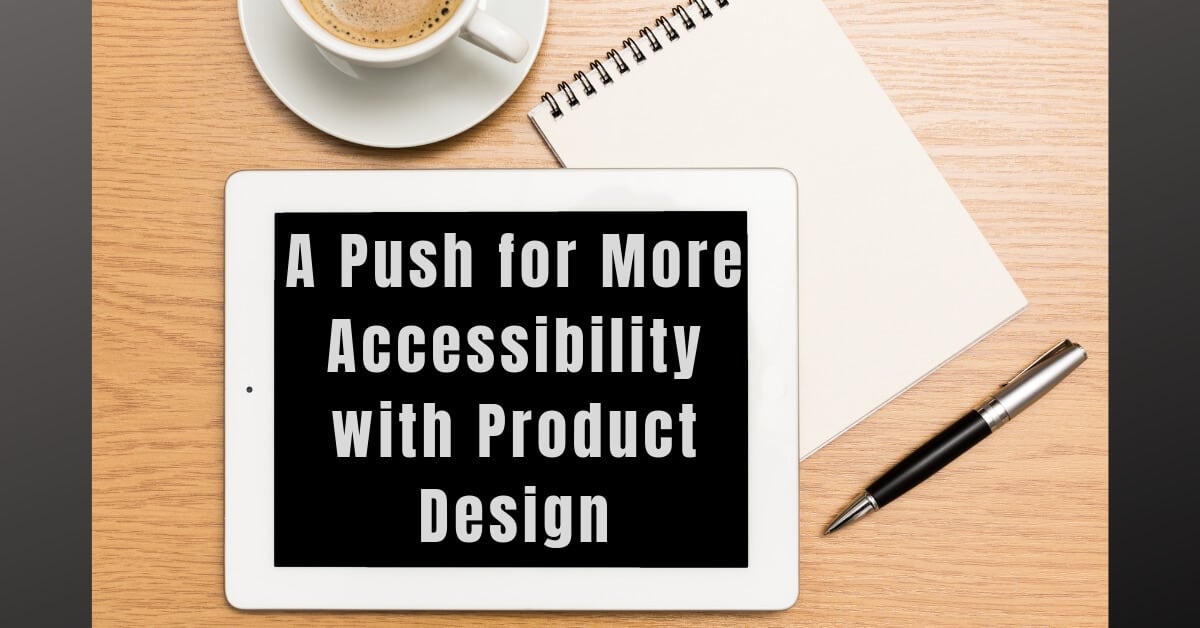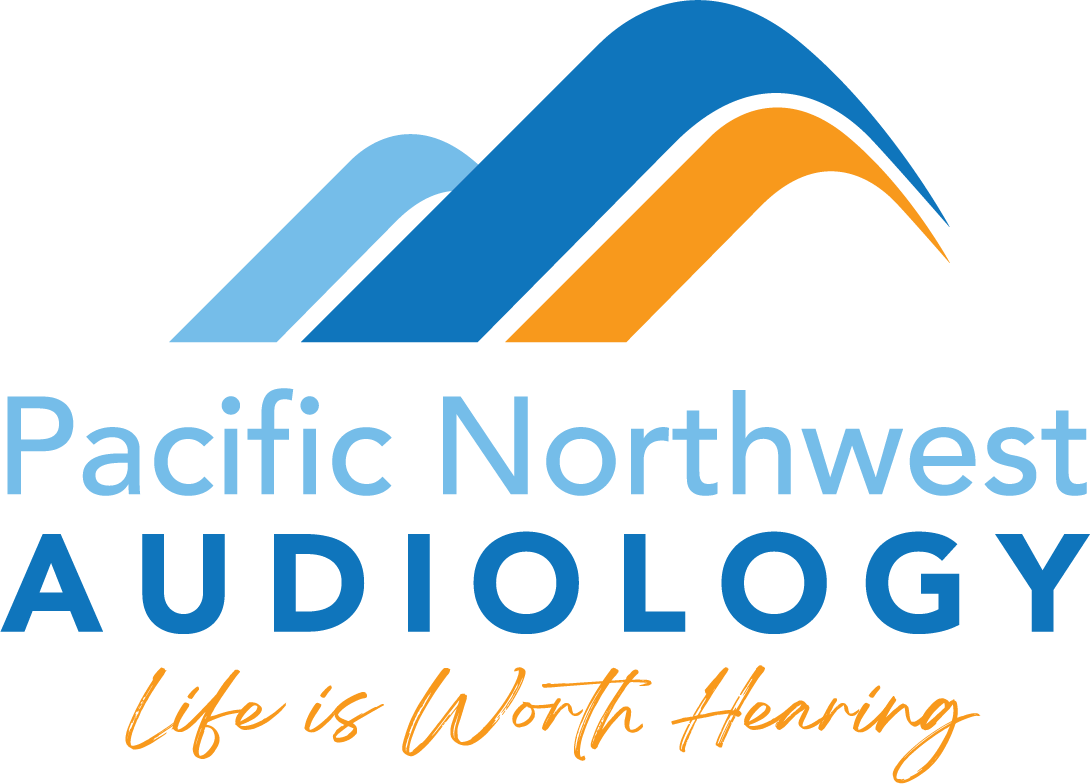
When it comes to hearing technology, the advancements of the last few years are astounding. Hearing devices can do incredible things, like streaming audio directly to your ears, allowing you to hear in background noise, and catch every word flying back and forth across the dinner table. The technology continues to advance, and there’s a push for even more accessible product design.
Changing Technology
In the last 20 years, products have been developed that previous generations could never dream of. We have technology that connects us instantly with people all around the world, and helps us stay safe, learn new things, or even file our taxes. However, some of the latest technology hasn’t been designed with accessibility in mind. For example, the kitchen gadgets you use every day couldn’t be used safely by someone with a vision impairment, and the latest cars aren’t accessible for someone in a wheelchair. While products continue to get better, help us accomplish goals, and make daily tasks easier, changing technology doesn’t benefit everyone if it’s not accessible.
Does Accessibility Matter?
Until recently, those struggling with disabilities like physical disabilities, vision impairments, or hearing loss hadn’t been considered in the development of new technology. Now however, manufacturers are trying to reach more people, and create technologies that benefit everyone. Having accessible technology is the key to enjoying an integrated world, and including everyone in our society, regardless of any disability they might have. Everyone has something to contribute, and creating a safe space for everyone is one of the goals of more accessible product designs.
Did you know that a quarter of American adults in the workforce have a disability? According to the Centers for Disease Control, 25% of adults struggle with a disability that affects their daily life, and adds an extra challenge to everything they do. Accessible products could make all the difference in helping people participate fully in their jobs and in their communities, and things like lower street curbs, ramps into buildings, or t-coils in auditoriums are easy changes that can have a wide impact.
Remarkable Products
Some of the accessible products we use today include health monitors that can track your activity levels, heart rate, and blood pressure to help you stay healthy. Everyone appreciates that added safety of video doorbell apps, or the convenience of touchscreens on appliances or displays. Some real time captioning features are also available, and can be used during meetings to make sure everyone can follow the meeting, whether it’s happening in the room or on a conference call.
However, there’s still a lot of room for improvement, and we can make our communities and homes more accessible for everyone. When it comes to hearing loss, some new technologies we’d love to see are visual signals on home appliances. The microwave or stove could have a bright light that flashes, so if you’re struggling to hear you won’t have to worry about missing the beeping alarm. Another accessible product that would benefit many people is better real time captioning features, or visual text displays wherever audio information is presented. Were you recently at an art gallery that had an auditory display you couldn’t understand? We’d love to see visual text narration crawlers that could make exhibits in galleries, museums, and theatres accessible to everyone.
Are You Struggling to Hear?
Have you been struggling to hear, or having a hard time following conversation? If hearing loss is having a negative impact on your life, visit us today at Pacific Northwest Audiology for a comprehensive hearing test, and to learn more about your unique hearing profile. We’ll show you what sounds you’re missing, and recommend the technology that will help you hear better, whatever your lifestyle and hearing needs. While we wait from more accessible products, treat your hearing loss, and get back to clear hearing.
Once you have your new devices, become an advocate, push for more accessibility with product design, and make our communities more accessible for everyone. Be open about your hearing loss, and encourage others to get their hearing tested. Together we can bring more awareness to hearing loss and accessibility, and affect the products being designed. Visit us at Pacific Northwest Audiology to learn how hearing devices can change your world.
